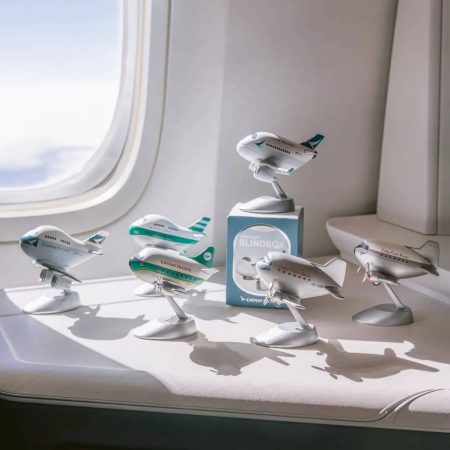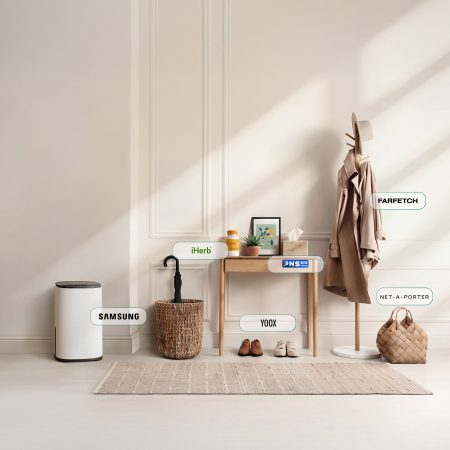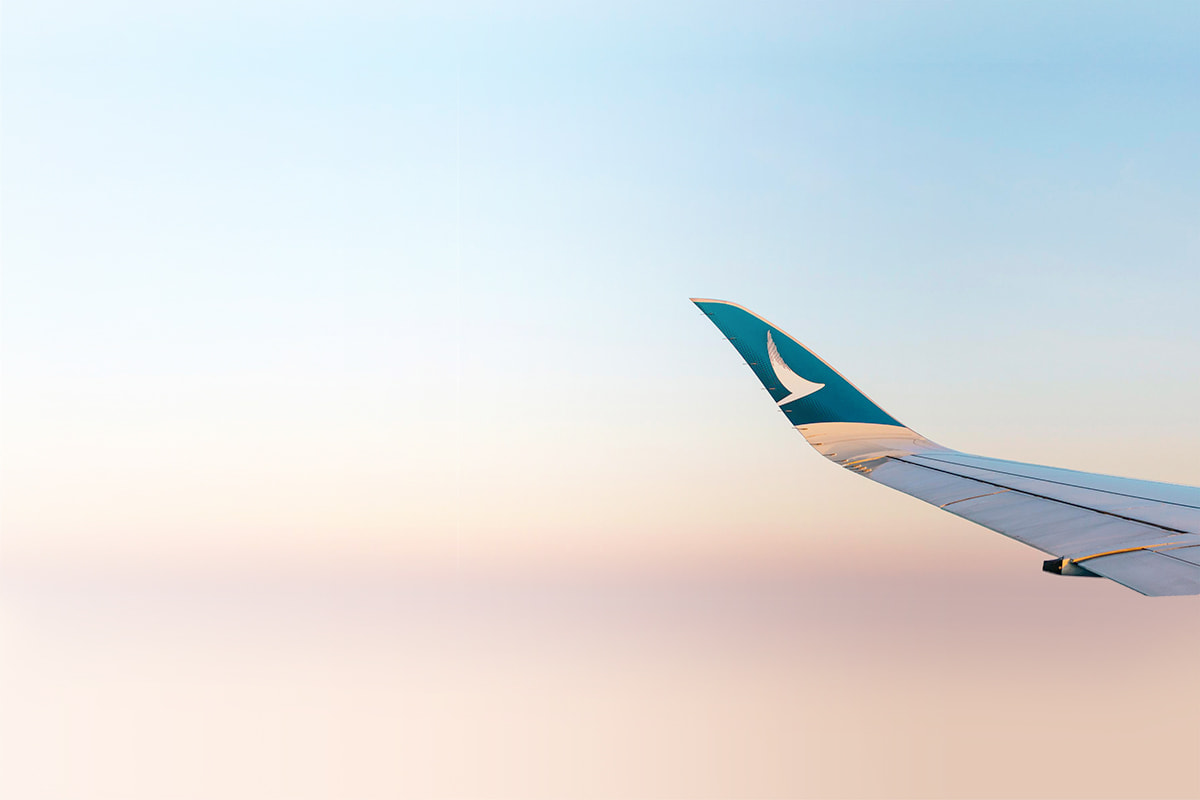How do pilots use autolanding technology on aircraft?
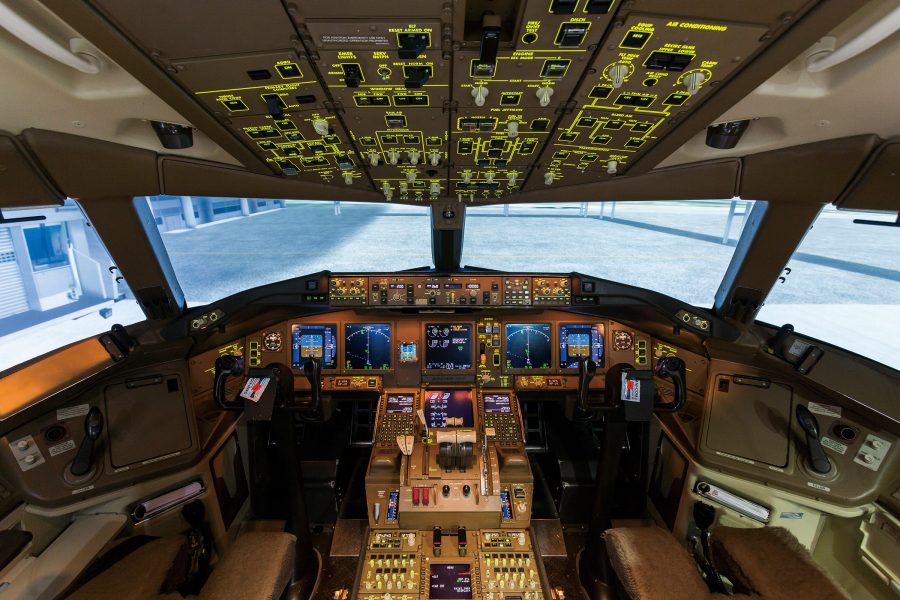
The aircraft you’re on is an incredibly clever machine. If you’re cruising, it’s likely flying itself under the pilot’s supervision, making continual micro-adjustments to minimise turbulence. If needed, it can land itself, too. These autolandings aren’t common: they’re typically reserved for low-visibility conditions, such as thick fog. The process relies on the aircraft’s flight computers and a radio-based technology first proposed in the 1930s and standardised in the 1960s.
That technology is the Instrument Landing System (ILS), which uses two radio beams to guide aircraft. A localiser at the far end of the runway transmits a beam along the centreline, while a glideslope antenna near the touchdown point provides the ideal descent angle. The aircraft’s computers lock onto these beams, and either they or the pilots make continuous corrections to stay aligned.
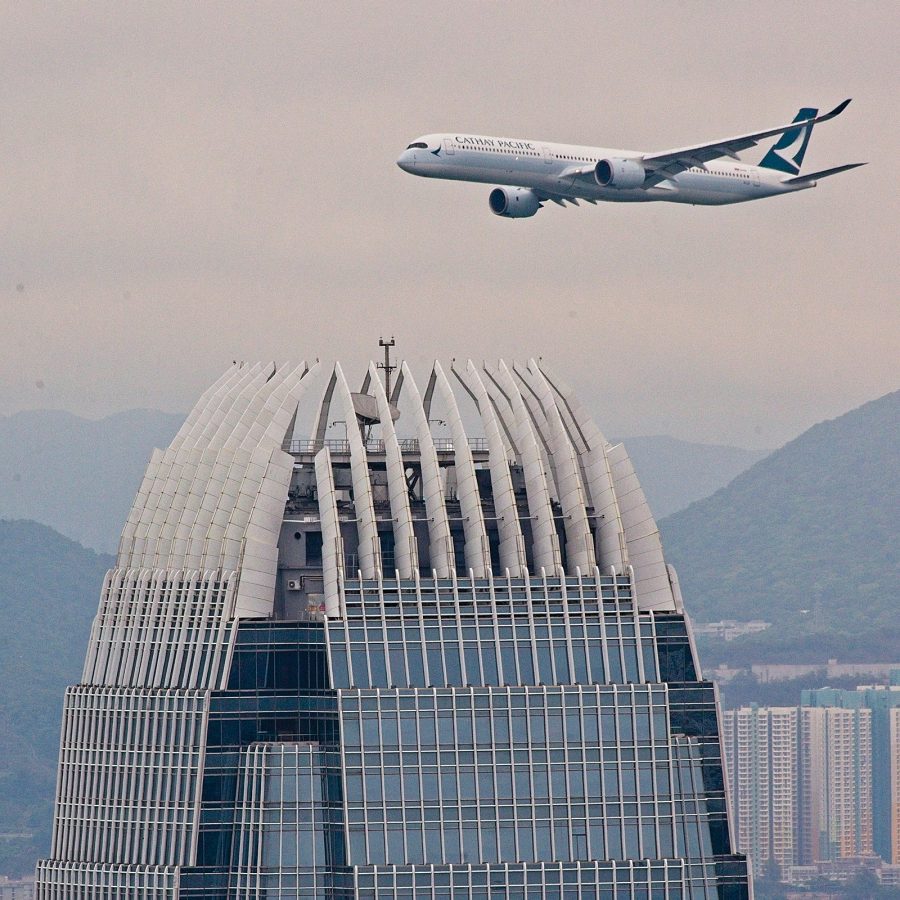
Credit: VCG/Getty Images
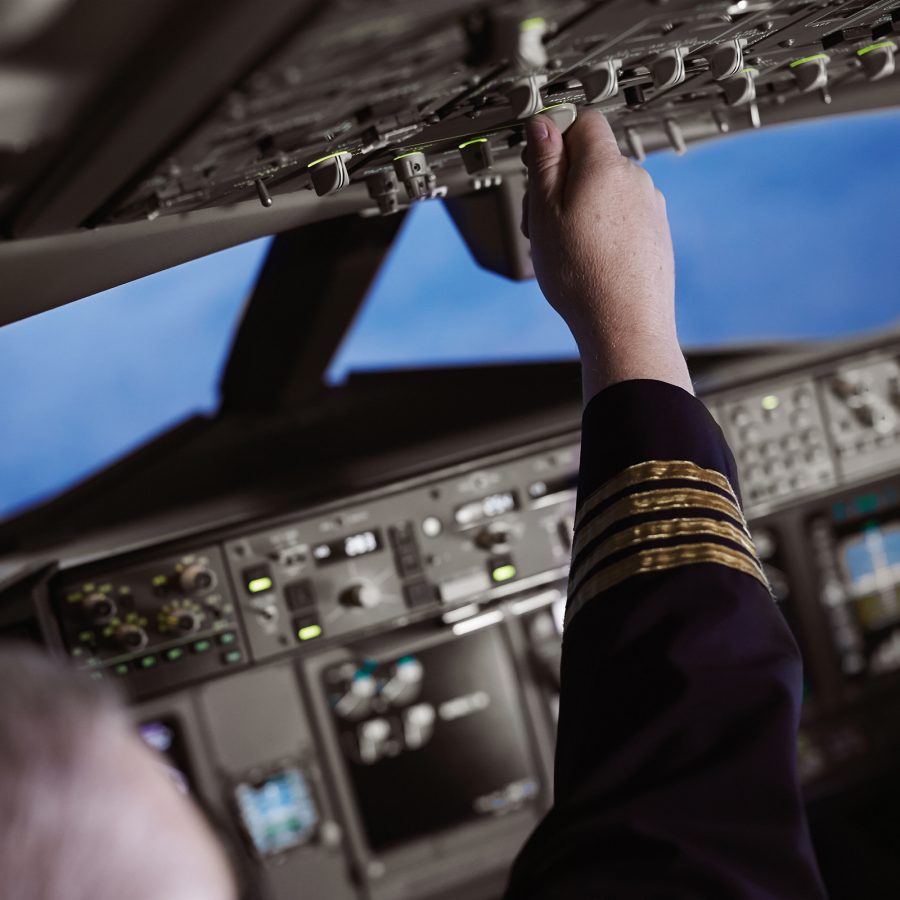
ILS has its quirks. Radio signals are attracted to metal, so a passing vehicle or taxiing aircraft can distort the beam. This is manageable in clear weather but risky in low visibility. That’s why airports prone to fog invest in a CAT III system, which is “very expensive to build and maintain”, says Cathay Pacific’s Head of Line Operations, Captain James Toye. “It must meet a long list of technical safety requirements to be certified.”
Without CAT III, aircraft descend to a decision height – usually a few hundred feet – and land only if the pilots can see the runway or its lights. Otherwise, they abort and go around. With CAT III, however, aircraft can land even in near-zero visibility.
Don’t imagine pilots with their feet up: autolandings are demanding. Only captains can be in command, focusing on external cues while the co-pilot monitors instruments. “It’s a high-workload situation requiring fast reactions,” says Captain Toye. “The system can disengage at any moment, even during touchdown, and hand control back to the pilots.”
That’s why these landings are practised in simulators regularly. Line Operations Manager Captain Tony Pringle likens the system to an “orchestra” of three flight computers guiding two autopilots, all fed by sensors. “They operate with a level of speed and accuracy we don’t have as pilots,” he says. “But they’re still just following two beams.”
Autoland systems can’t interpret weather, handle strong crosswinds or anticipate terrain-related windshear. Pilots, with their experience and situational awareness, can. “While computers sample data faster, humans are better at integrating complex cues the system can’t predict,” says Captain Pringle.
That’s why 99 per cent of Cathay Pacific aircraft landings are still done manually using ILS. As Captain Pringle puts it: “Pilots want to maintain their skills – and it’s fun, so we’d rather do it ourselves.”
More inspiration
- China – the Chinese Mainland, Hong Kong SAR, Macao SAR and Taiwan Region
- Hong Kong SAR - English
- Chinese Mainland (China) - English
- Taiwan, China - English
- 香港特別行政區 - 繁體中文
- 中国內地 - 简体中文
- 中國台灣 - 繁體中文
- Africa
- South Africa - English
- Asia
- Bangladesh - English
- Korea - English
- Singapore - English
- Cambodia - English
- 한국 - 한국어
- Sri Lanka - English
- India - English
- Malaysia - English
- Thailand - English
- Indonesia - English
- Maldives - English
- ประเทศไทย - ภาษาไทย
- Indonesia - Bahasa Indonesia
- Myanmar - English
- Vietnam - English
- Japan - English
- Nepal - English
- Việt Nam - tiếng Việt
- 日本 - 日本語
- Philippines - English
- Australasia
- Australia - English
- New Zealand - English
- Europe
- Belgium - English
- France - Français
- Россия - Русский
- Denmark - English
- Ireland - English
- Schweiz - Deutsch
- Deutschland - Deutsch
- Italia - Italiano
- United Kingdom - English
- España - Español
- Nederland - Nederlands
- Middle East
- Bahrain - English
- Saudi Arabia - English
- United Arab Emirates and Qatar - English
- Israel - English


